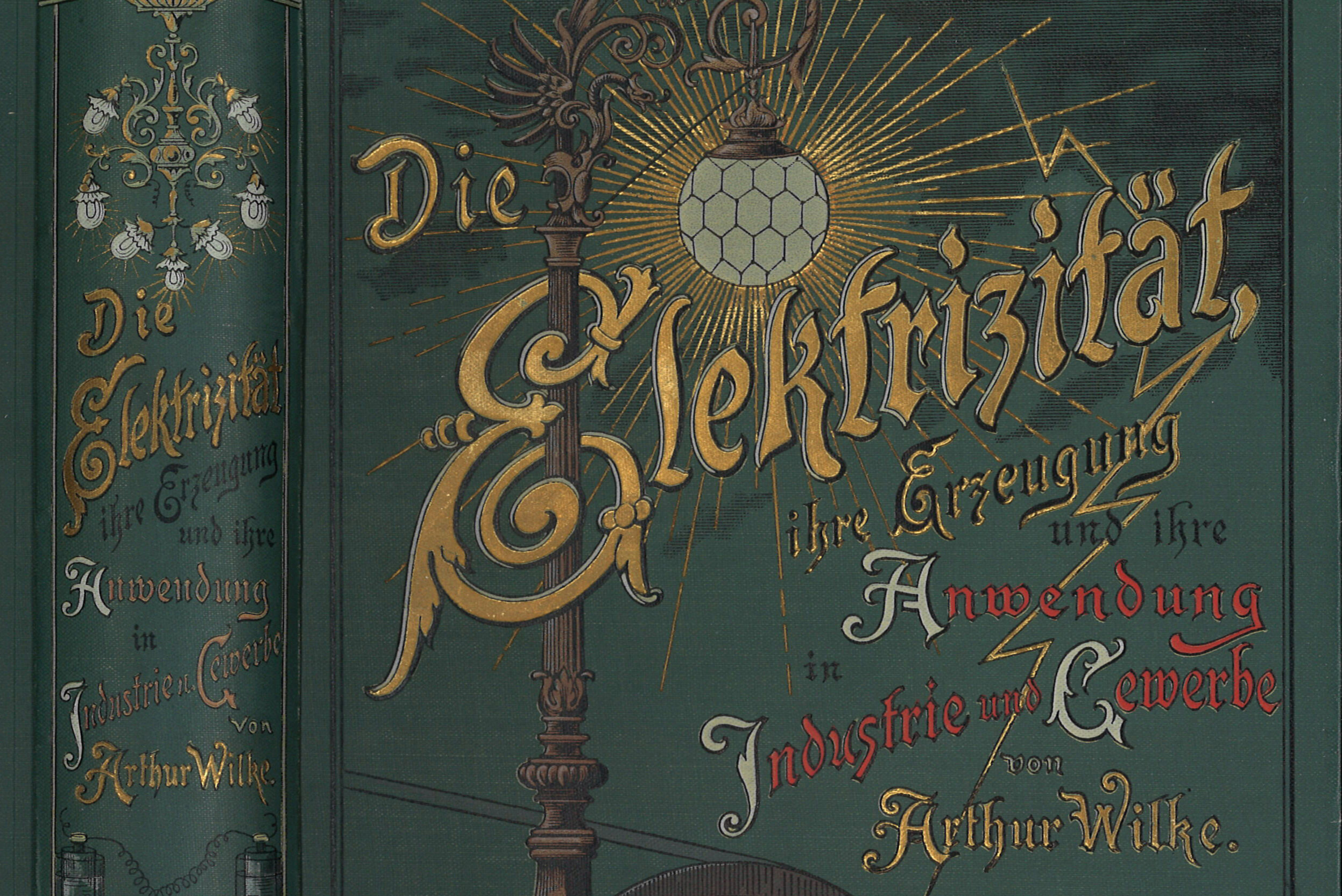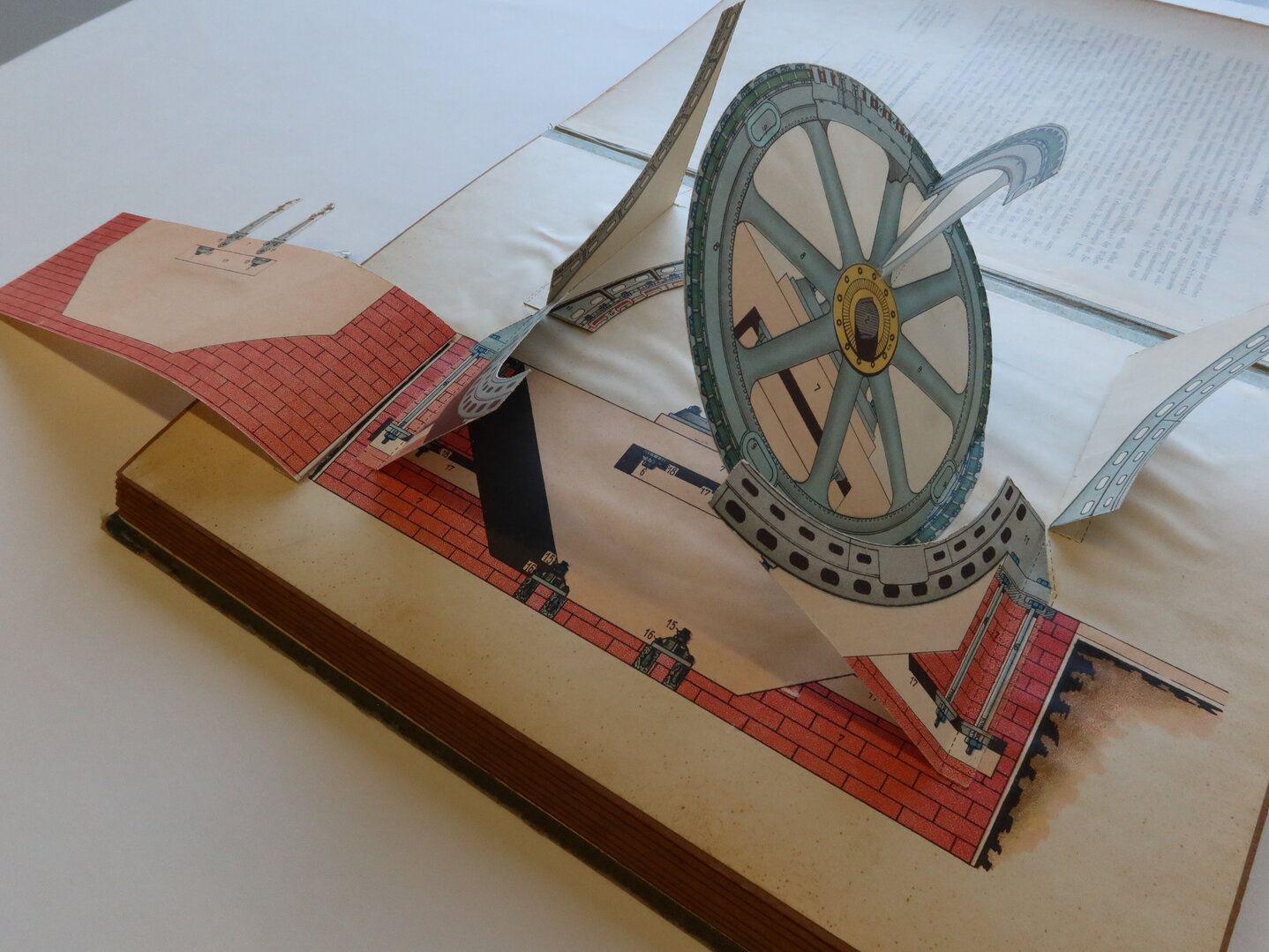
Electrification began early in Switzerland. Electricity generation began in the country in the 1880s and a large number of power plants were built in the 1890s. During this period, electricity consumption in Switzerland rose sharply until the First World War. Electric lighting, the electrification of factories and, initially, small railroad lines (streetcars, narrow-gauge railroads, funiculars and cogwheel railroads) marked the beginning of the electrification of the entire country. The importance of this development is also reflected in the holdings of the Swiss Museum of Transport Documentation Center. From this early period, from around 1870 until the beginning of the First World War, an enormous amount of literature on electricity was produced.
Telegraph, lighting, motors
The earliest books on the subject almost all deal with electrical telegraphy and thus trace the spread of the telegraph network throughout Switzerland and internationally. The importance of this first electrical technology becomes clear, for example, in the 1893 book "Die Elektrizität, ihre Erzeugung und ihre Anwendung in Industrie und Gewerbe" by electrical engineer Arthur Wilke. In it, Wilke also provides an overview of all the applications of electricity: power generation, power lines, electric light, lighting systems and electric motors. There are many attempts from these years in the library to provide an overview of electricity and all its applications, "presented in a generally understandable way [...]".
Pop-ups and textbooks
There are also a striking number of textbooks on electrical engineering from this period. In the "Model Atlas" accompanying the textbook "Die moderne Elektrizität" (O. Multhaupt, ca. 1900), the graphically depicted individual parts of a three-phase generator, tram car or dynamo machine can be folded out in order to visually and haptically understand the structure.
In spring 2023, the Museum of Transport will present a world of experience on the subject of energy in the hall of the new building.
Research online in the library catalog before your visit: www.verkehrshaus.ch (Visit section, Dokuzentrum)
Author: Martina Kappeler
